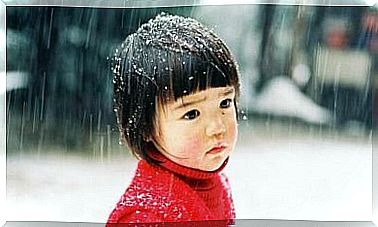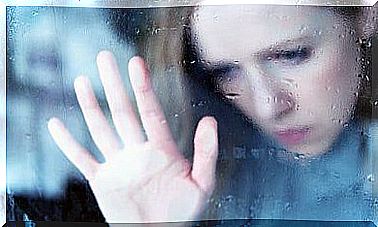Emily Dickinson And Her Inner Demons
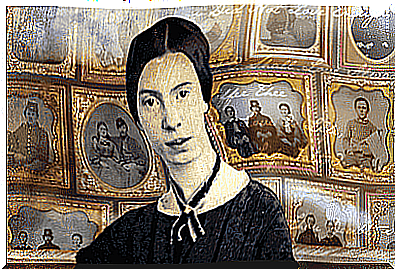
“You don’t have to be a room to be haunted,” said Emily Dickinson. Few figures in the world of poetics have been such a mystery from a psychological standpoint. According to a number of experts, works such as “I felt a Funeral, in my Brain” give you an insight into why she would stay in her room all day, isolating herself from the world and society.
There has been much speculation about a possible mental illness that the famous American poet may have suffered from. Her isolation began in 1864 when she was around 30 years old, and ended the day she died at the age of 55. During the isolation, she chose to wear white and never left the boundaries of her bedroom.
But this isolation allowed her to immerse herself completely in her literary works. Her loneliness undoubtedly led to inspiration for her artistic creations. Little by little, however, she became more of a ghost behind her window. She was not even able to attend her father’s funeral, which was held in the living room of her own home.
In 2003 published Dr. David F. Maas with a doctorate from Texas A & M University an interesting study called “Reflections on Self-reflexiveness in Literature” ( Reflections on selvrefleksivitet in the literature ). In this, Maas Divkinson analyzes the emotional state.
After this, there are several studies. Through these one can get a rough idea of the inner demons that occupied Emily Dickinson’s life. Ironically, it is the same demons that undoubtedly gave her her creative impulse.
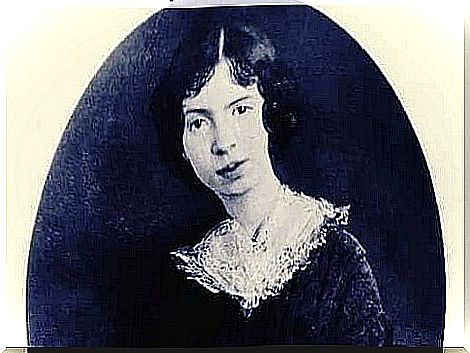
Emily Dickinson and her inner demons
Poets have always had an extraordinary ability to sink into their own, complex minds. For example , Edgar Allan Poe himself wrote in his poem “Alone” ( Alone ): ” From childhood’s hour I have not been. As others were – I have not seen. As others saw – I could not bring. My passions from a common spring. “( From childhood I did not exist. As others were – I have not seen. As others saw – I could not. My passion shaped by an ordinary spring. )
For some reason, many of these poets were extraordinary and brilliant, as well as mentally ill. And they were also always aware of their unique condition. Emily Dickinson wrote in her poem “I felt a Funeral, in my Brain” that her madness was her most eminent sense. It made her write and feel the deepest difficulties.
Migraines in Emily Dickinson
One thing one needs to understand about Emily Dickinson is that, as with many others, she did not suffer from a single mental illness. There is evidence that she suffered from many problems, such as migraines.
Social anxiety and agoraphobia
Some experts on Emily Dickinson’s works suggest one idea in particular. According to them, the choice to isolate herself from the world and live in solitude in her room was a better way for her to concentrate on her work. But some aspects need to be noted:
- First, her isolation was absolute. She did not receive a visit and did not see her family, who lived in the same house.
- She preferred to communicate with her brothers and nephews from behind her door whenever possible.
- She also wrote letters to her friends.
The doctors of the day informed her family that Emily was suffering from a rare disease called “nervous exhaustion”. Nowadays, most psychiatrists associate these symptoms with social anxiety and severe agoraphobia.
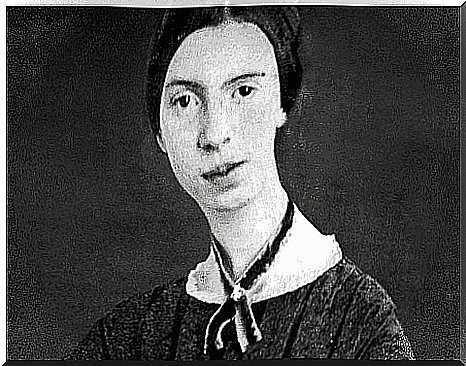
Schizophrenic personality disorder
In her book Wider Than the Sky: Essays and Meditations on the Healing Power of Emily Dickinson , (Cindy MacKenzie talks about how Dickinson used the poems to control his illness. She was always very aware that something was wrong with her. She also knew that these inner demons, as she called them, messed up her reason, her senses, and her balance.
Steven Winhusen, a doctor from Johns Hopkins University, conducted an interesting study on Emily Dickinson. In his opinion, the famous poet suffered from a schizophrenic personality disorder. There are a number of reasons behind this conclusion, including the very graphic information she reveals in her poems, the need for isolation and the way her writing disintegrated. Her thoughts, the creative genius and the emotions that permeated her poems, undoubtedly fit into this diagnosis.
Conclusion
Emily Dickinson died of Bright’s disease on May 15, 1886. It was the same kidney disease that, interestingly, also ended Mozart’s life. She was buried in the city cemetery in a white coffin with a vanilla scent , following the instructions she left behind.
The reason behind her isolation is, and always has been, a mystery. Although her secret followed her to the grave, she left a great legacy. Despite the enormous suffering she experienced, she gave us the great gift of her works, no doubt because of these “inner demons.”
